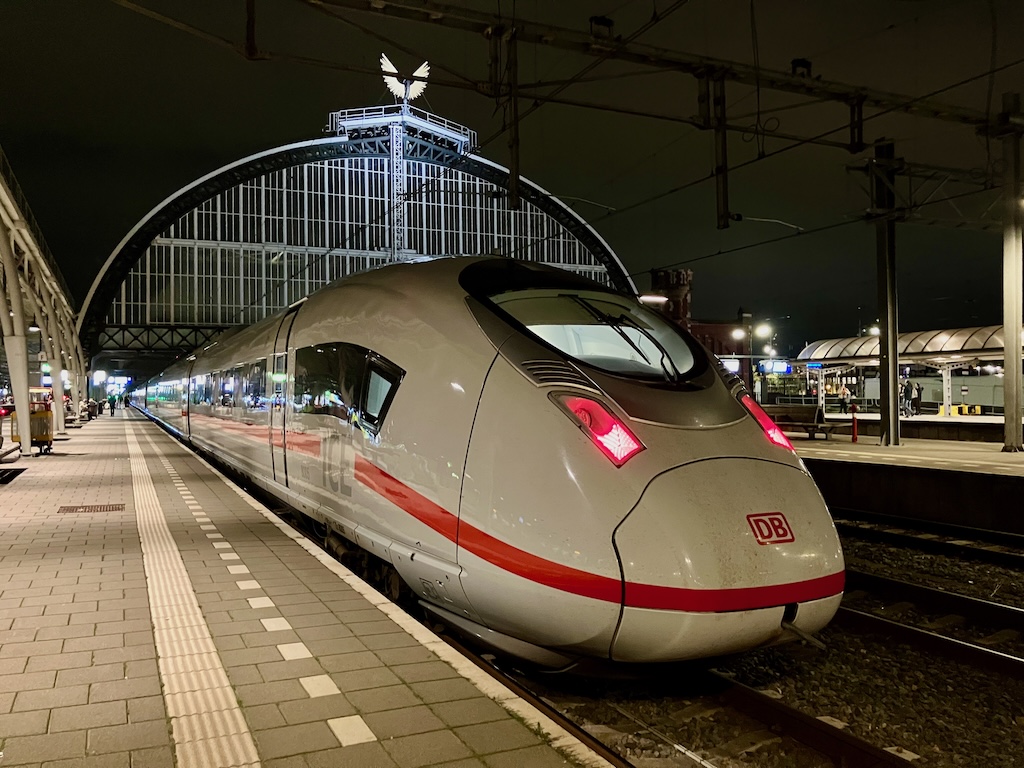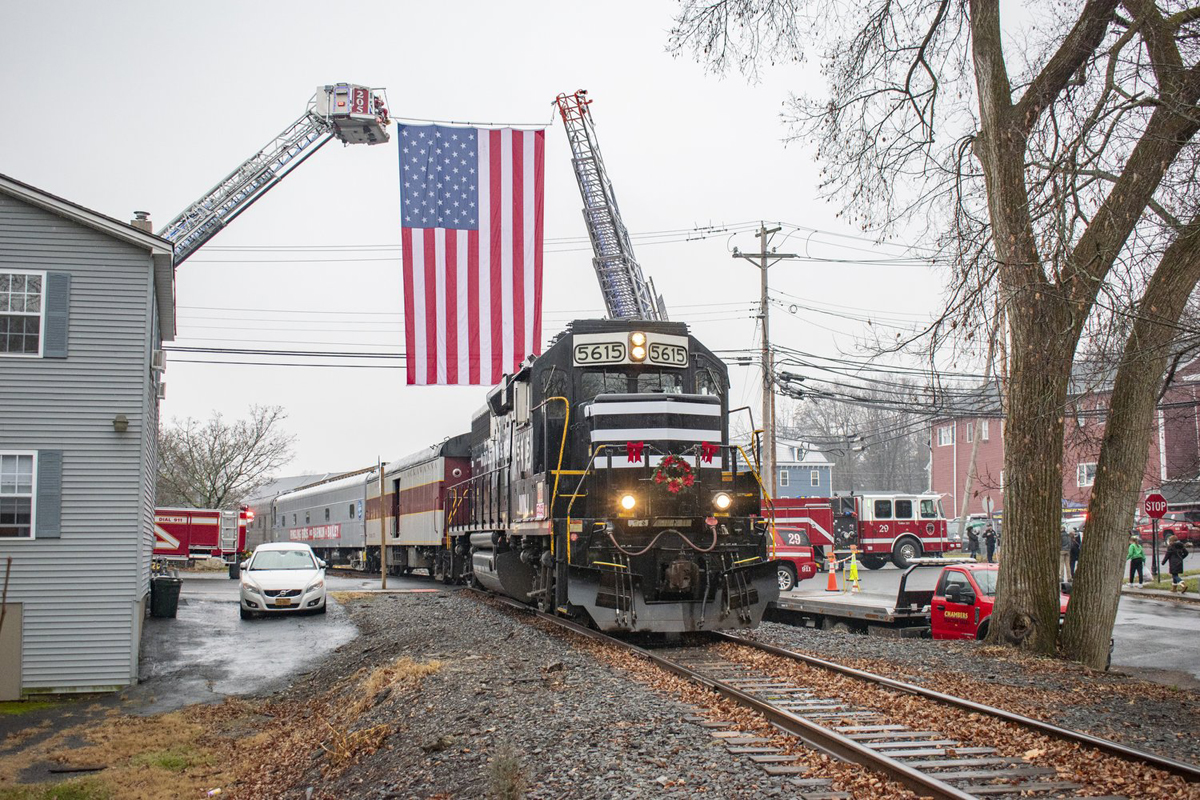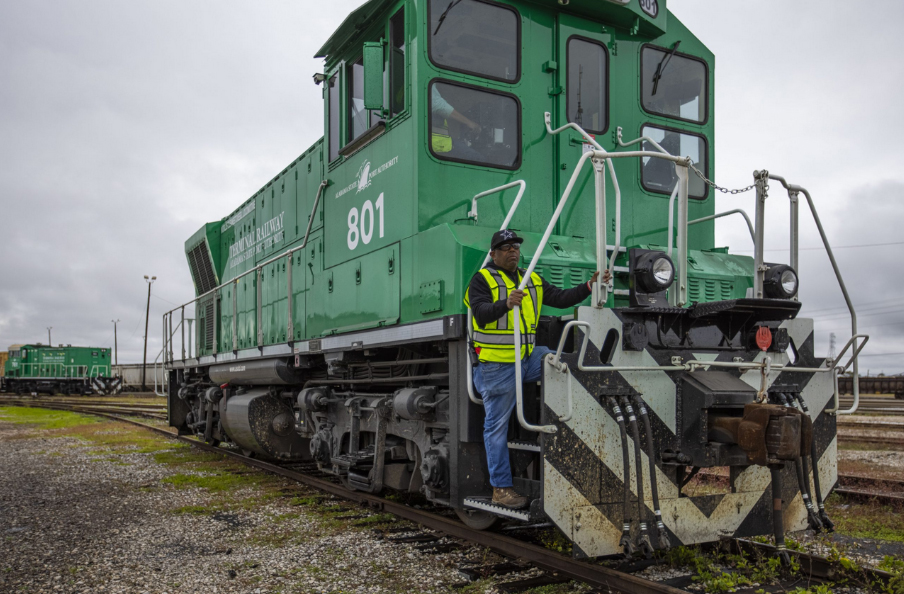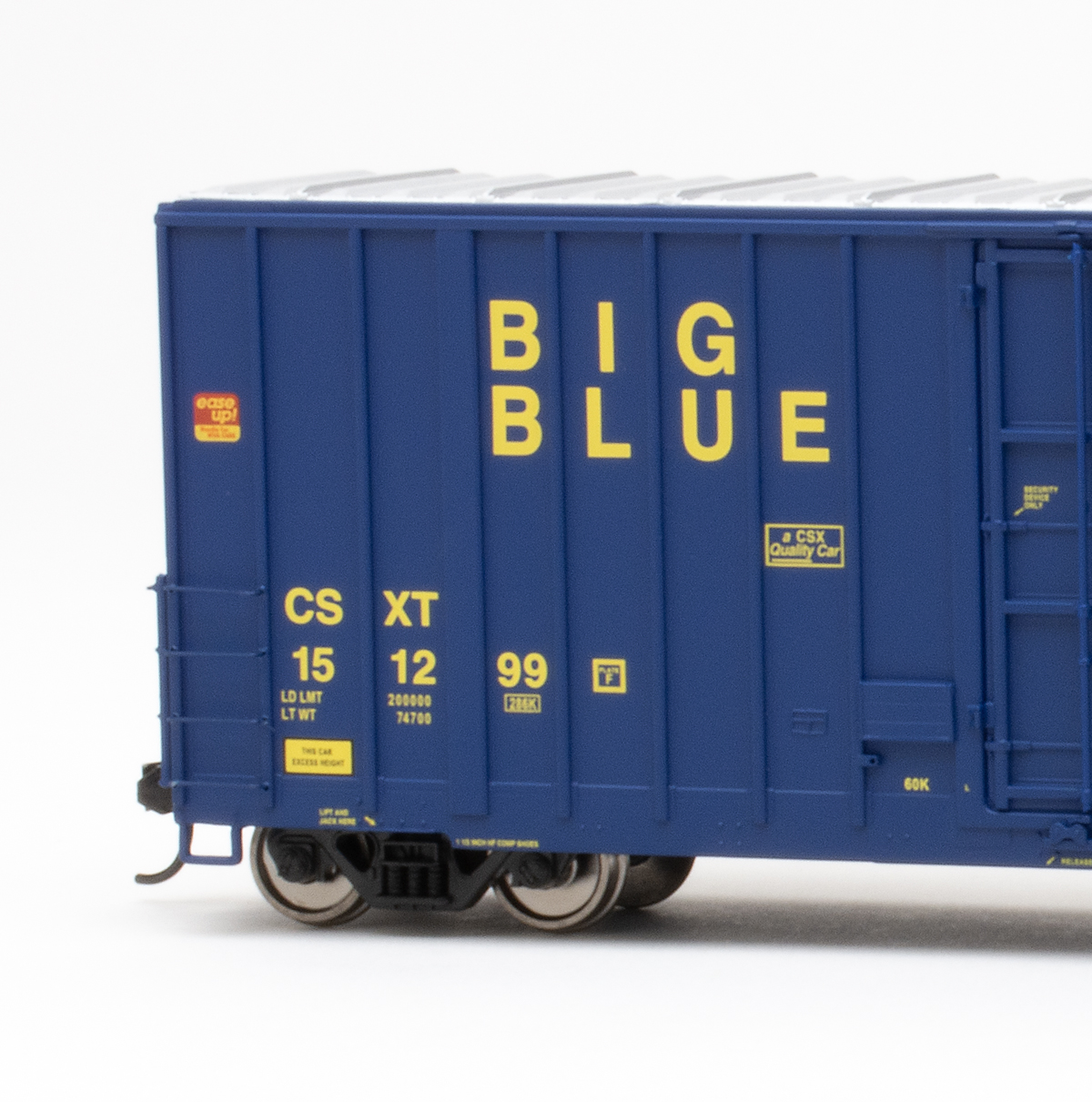
CHARLESTON, W.VA. — Class I railroads are hauling more automotive carloads, a possible sign that the auto sector’s supply chain is improving. Association of American Railroads’ weekly carload report reveals in recent weeks that shipments of motor vehicles and parts are exceeding 2020 and 2021 weekly volumes. This could ease a multi-year carload deficit dragged down by the coronavirus pandemic and a global semiconductor shortage that depleted dealership inventories and forced consumers to hold onto vehicles they may have otherwise traded.
All seven Class I railroads have had a stronger second quarter in automotive than last year. Canadian National’s automotive carloads are up 40% since April 1, Kansas City Southern up 22%, and BNSF Railway, Union Pacific, CSX Transportation, and Norfolk Southern’s automotive business are all closely aligned – up 10% since April 1. Canadian Pacific’s automotive business is up 2% for the quarter.
These gains still trail pre-pandemic norms; however, if auto makers can sustain output and railroads can continue transporting more cars, an increase in business will help chisel away a persistent carload shortfall that has curbed auto rack shipments the past two years. Year to date, at least three Class I railroads have shipped more automotive carloads than last year.
General Motors announced last month that improved semiconductor supply was driving significant year-over-year gains for the car maker, helping meet pent-up demand from consumers eager to buy new vehicles with money stowed during the pandemic.
According to Mark Lines’ automotive data center, the U.S. finished 2021 with a 3% increase in new car sales compared to 2020. In 2020, in which the majority of the year was spent in coronavirus lockdown, auto sales tumbled 14%. For railroads, its automotive carloads further declined in 2021 by 0.5% after falling 19% in 2020.
So far this year, new vehicle sales are down 15% from 2021, according to Mark Lines’ data. It wasn’t immediately clear if car sales are down this year because of inventories or consumer behavior. Last week, a Wall Street Journal report (paywalled) noted that Americans are holding onto cars and trucks longer because of high prices on new cars and inventory shortages. According to the article, citing research by S&P Global Mobility, the average age of vehicles on U.S. roadways is now 12 years.
Railroads’ automotive carloads are down 4% for the year.
The Fed’s recent interest rate hikes is another influencer that could affect consumer behavior and the long-term durability of U.S. railroads’ automotive carload business. The Fed’s decisions and any other supply chain snags may hinder an already sensitive carload group.
Keeping an eye on railroads’ weekly carload reports and dealership inventories will help gauge the sector’s short-term performance until second quarter earnings reports are distributed mid-summer, providing better guidance for the second half of 2022.














Had a 98 all auto carrier train pass here yesterday. Probably all KIA?